Despite the bloodletting in Gaza over the past months, the leaders of the Great Return March believe that nonviolent resistance is still the best way to end the siege. Rami Younis spoke to Hasan al-Kurd, one of the leaders of the march about the successes, mistakes, and future of the movement.
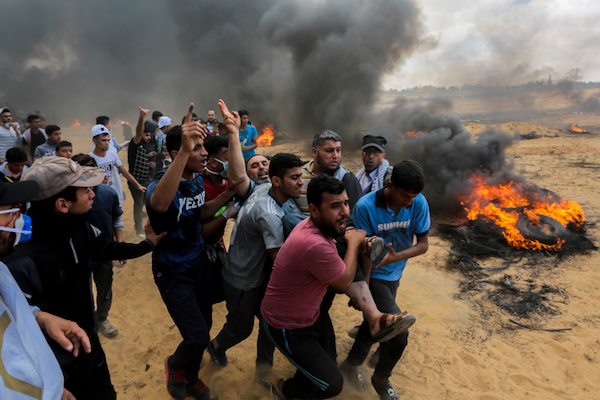
While everyone this past week focused on Israeli police officers breaking the leg of Jafar Farah, a prominent Palestinian political activist from Haifa, I could not help but think of someone else’s leg — that of Hasan al-Kurd’s brother-in-law, in Gaza.
Two months ago, during the first Friday protest of the Great Return March, I spoke at length to al-Kurd, one of the march’s organizers. We had kept in touch after I conducted an interview with him in the run-up to the events, which began on March 30th. On that Friday, I called al-Kurd several times for updates. One call ended abruptly; I tried to dial him again, to no avail. There was no response until the evening.
When I finally managed to get hold of him, he began by apologizing profusely. He sounded broken, asking that I refrain from quoting him at length. He also revealed why our call had been cut off: an Israeli sniper shot his brother-in-law, who was standing right next to him. When I asked why he preferred that I do not mention it in my interview, he responded by saying that “neither I nor my family are the issue here.”
Today, seven weeks later, al-Kurd feels more comfortable speaking about his brother-in-law and others wounded, whom he knows personally. “My brother-in-law is fine, he is a strong man,” he says with his typically optimistic tone. “He cannot walk on that foot nor can he work, but he will be okay.”
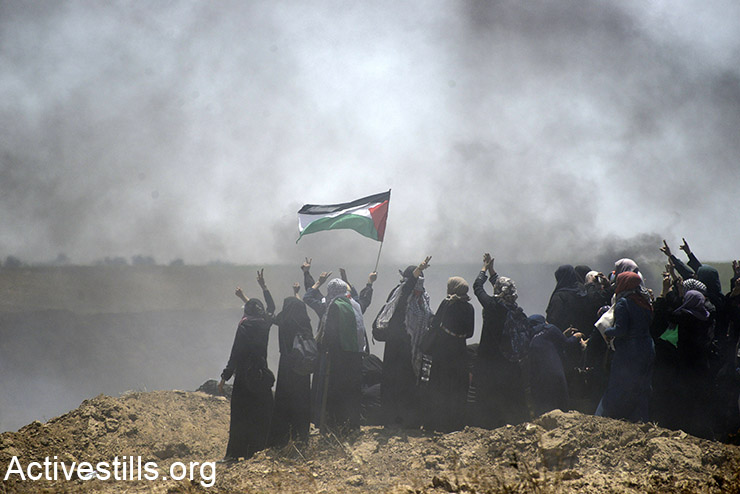
Al-Kurd, 43, is a schoolteacher who lives with his wife and their six children near central Gaza, in an area he refers to as “mixed.” “There are many refugees as well as regular residents, but this is not a refugee camp,” he tells me. During our conversation I learn that the son of al-Kurd’s neighbors, a 10-year-old who plays with his children, was shot in his leg last Monday, and remains hospitalized in serious condition due to severe blood loss.
“They shot him in the knee, and the bullet just destroyed it from the inside. He almost died on the way to the hospital,” Al-Kurd says. “The doctors here do not recognize what kind of bullet was used. The number wounded is higher than during the massacre in 2014, hospitals cannot withstand the large numbers of wounded streaming in. The doctors are having a hard time treating the kinds of wounds and internal damage they are seeing.”
Al-Kurd asked to speak an hour after the traditional meal to break the Ramadan fast. The fast, coupled with the heat, makes it difficult for him to give interviews during the day. “Don’t worry about us now, we are used to Gaza without water,” he jokes.
You’re 43. You remember Gaza before the siege.
“Of course. Don’t forget that I lived most of my life without a siege. Unfortunately, aside from my oldest daughter, who is almost 20, my children do not know a different reality. Gaza has enormous potential. I think it was more developed than Ramallah before the siege, and it will continue to be so after the siege. Between us, even the Israelis will gain from having real trade with us.”
Did you to travel to Israel in the past?
“In the past I was part of the Popular Front for the Liberation of Palestine (a left-wing Palestinian party that supports armed resistance — r.y.). So of course I was never allowed in. I have never met an Israeli in my life.”
Al-Kurd’s belief, as well as that of the other organizers of the Great Return March (“We are a group of 20 people, including four women, and we have members of all the political factions”) in nonviolent resistance has influenced a large segment of the public in Gaza, including leaders of local factions.
How is the leadership feeling a week after the attempt to cross the fence? After last week’s bloodshed, I saw that Ahmad Abu-Ratima, who also helped organize the march, wrote on Facebook that the protests won’t cease, and that the attempts to breach the border will continue until the siege is lifted.
“Many of us are still in shock. We did not expect such a large number of people killed and wounded. But you know what? Even though we have more people wounded than during the 2014 massacre, I hear that many of them want to get recover and return to the border to try and cross over again.”
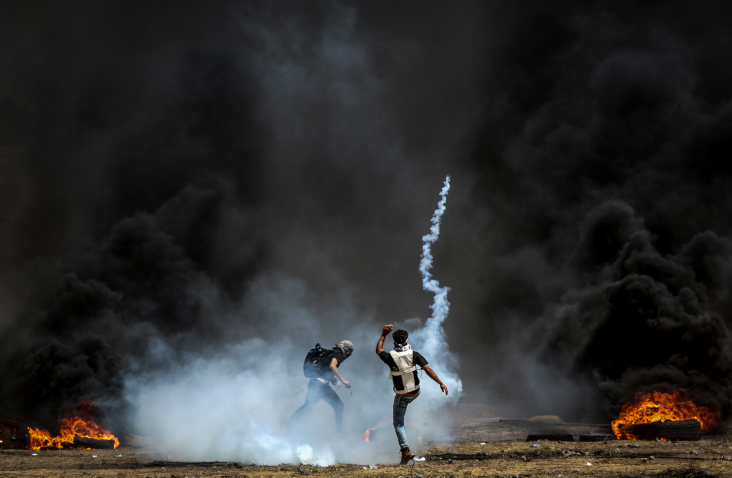
Why?
“Because they have nothing to do. They do not feel that they have any other reason to live. One of the positive results of our protest, despite all the pain that followed the massive loss in life, is that it gives our young people a purpose and a goal in life. This is why we feel we have started something new that is not going to stop. We will try to cross the border again on June 5th (on Naksa Day, when Palestinians mark the occupation of the West Bank and Gaza in 1967 – r.y.).”
What conclusions did you draw? Not everything went as planned.
“You’re right,” he sighs, the pain still audible in his voice. “We made a lot of mistakes. We did not control the protest as we had hoped. The involvement of the other factions in Gaza and the coordination among all of them made things extremely complicated. It began when we discovered how difficult it is to control the individual actions of young, desperate people. As much as we pleaded with them not to get close to the soldiers or use violence, so as to not give the soldiers a pretext for shooting them, some of the young people did not listen and threw stones. After all, we know that the Israeli soldier, who does not think twice before shooting women and children, is waiting for the tiniest excuse to kill. We could not keep people at the distance we wanted from the border.
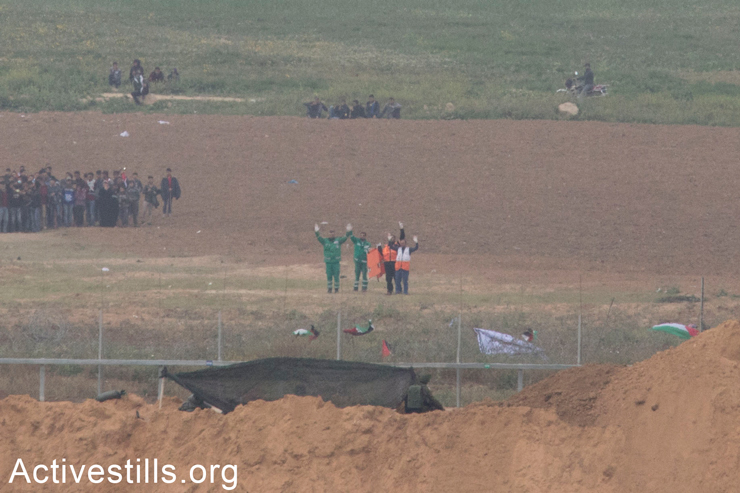
“Another mistake we made was holding the march on May 14th. The political factions, including Fatah, intervened and insisted that we hold the protest on the day before Nakba Day, to protest the U.S. Embassy move.”
But you are the organizers. Why did you let them make decisions for you?
“You must understand that we are a group of independent activists. We do not have the economic support, and we are dependent on parties like Fatah and Hamas for logistical support so we can bring people to our protests. We cannot bring many people on our own. They can.”
One mistake that was made, you’ll agree with me, was when Hamas leader Salah Bardawil went on TV and boasted about how 50 of those killed last Monday were members of Hamas.
“It was a huge mistake. And it’s untrue. Some of those killed were part of Hamas, but to say that the majority were? It’s simply not true. We tried to speak with Hamas and the other parties as much as we could, asking them to step aside. They are constantly in the spotlight, this was our turn. I think that what Bardawil meant to say was that his movement’s members are willing to sacrifice themselves, he did not mean to say that there were more Hamas members at the protest, because it’s not true, and no one can claim that. His statement was meant more for the public in Gaza in order to promote his party’s image, and I do not think that he thought about the consequences of his statement and what the Israelis would do with it.
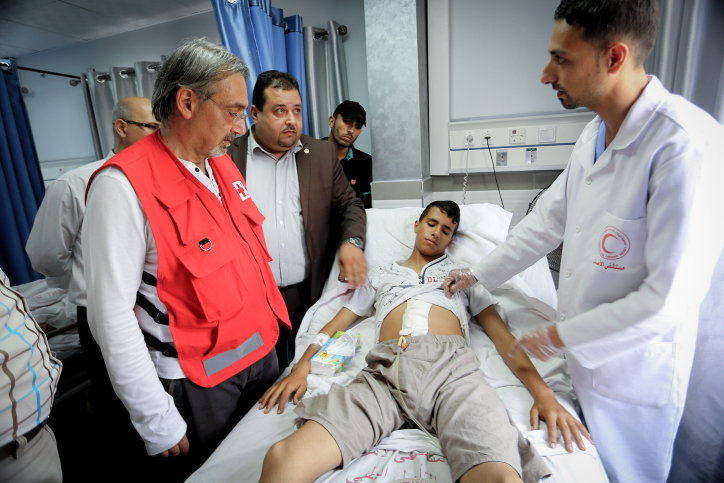
“And yet, even Hamas understands our achievement, and I believe that they understand the power of unarmed, popular resistance. The fact is that they weren’t dragged into fighting by Israel. Now the entire world is talking about Gaza and the siege. Even Egypt finally opened Rafah crossing. All of a sudden young people who have grown desperate have found a reason to live. I say these things while also admitting to you that our message of nonviolent resistance at any price was not totally conveyed. Many of the incidents that have taken place over the past few months, and especially on May 14, were completely arbitrary and spontaneous.”
What would you want to say to the Israeli public?
“We, organizers of the protests, still believe in nonviolent resistance to the siege and the occupation. Even if there was violence on our side, Israelis must understand where they come from. Gaza is like a pressure cooker, and it is difficult to stop it from violently exploding. Yet, we succeeded in convincing a large part of our public to protest nonviolently.
Do you have plans for the future of the protest movement?
“We will continue our activities every Friday. We will protest at the tent encampments we built along the border, but we will not try to cross until June 5th, when we commemorate the occupation of 1967. Our protest is here and it will not disappear.”
Toward the end of our conversation, I try to end on an optimistic tone, and ask al-Kurd what he will do on the day the siege ends.
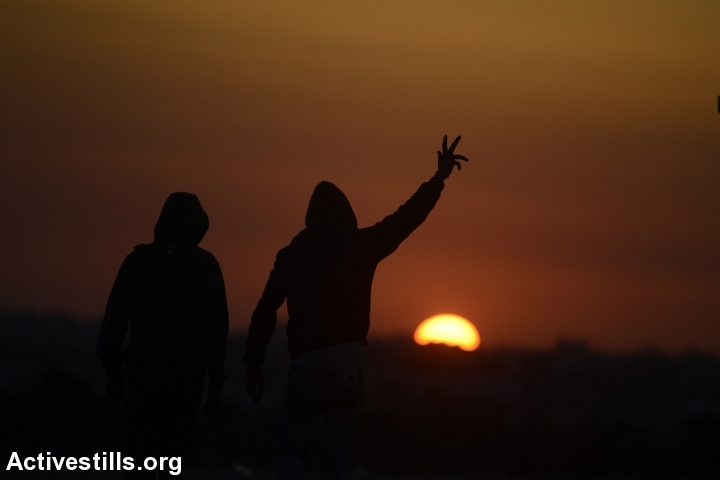
“I suppose I will worry about getting a normal education for my children. My oldest is 20 and wants to learn economics. On the day that the siege is lifted, everything will get better. I just want my children to get a normal education, I don’t care where.”
You’re serious? I’m asking what you will do on the day the siege is lifted and you’re talking about your children’s education? Imagine the siege is lifted tomorrow. What is the first thing that you, Hasan, do?
Al-Kurd laughs, pauses, and responds: “I’ll live a normal life.”
This article was first published in Hebrew on Local Call. Read it here.

